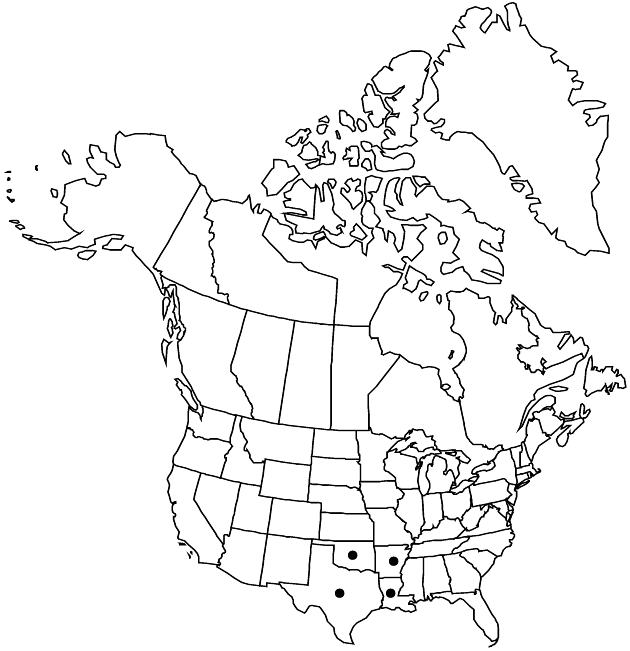Echinacea sanguinea
Trans. Amer. Philos. Soc., n. s. 7: 354. 1840.
Plants to 120 cm (roots fusiform to elongate-turbinate, branched). Herbage sparsely to densely hairy (hairs spreading, to 1.5 mm) or glabrate. Stems mostly green to purplish. Basal leaves: petioles 4–12 cm; blades (1-) or 3-nerved, elliptic to lanceolate, 8–30 × 1–3 cm, bases attenuate, margins entire (usually ciliate). Peduncles 20–50+ cm. Phyllaries lanceolate to ovate, 7–12 × 1–4 mm. Receptacles: paleae 8–11 mm, tips purple, slightly curved, usually rounded. Ray corollas pink to reddish purple, laminae reflexed, 40–70 × 3–4 mm, glabrous or sparsely hairy abaxially. Discs subspheric, 15–30 × 20–30 mm. Disc corollas 5.5–6.7 mm, lobes usually purple. Cypselae tan to bicolored (with distal dark brown band), 2.5–5 mm, faces ± tuberculate, glabrous; pappi to ca. 1 mm (major teeth 0–4). 2n = 22.
Phenology: Flowering late spring–early summer.
Habitat: Sandy, open, pine woods, prairies
Elevation: 0–200 m
Distribution

Ark., La., Okla., Tex.
Discussion
Selected References
None.